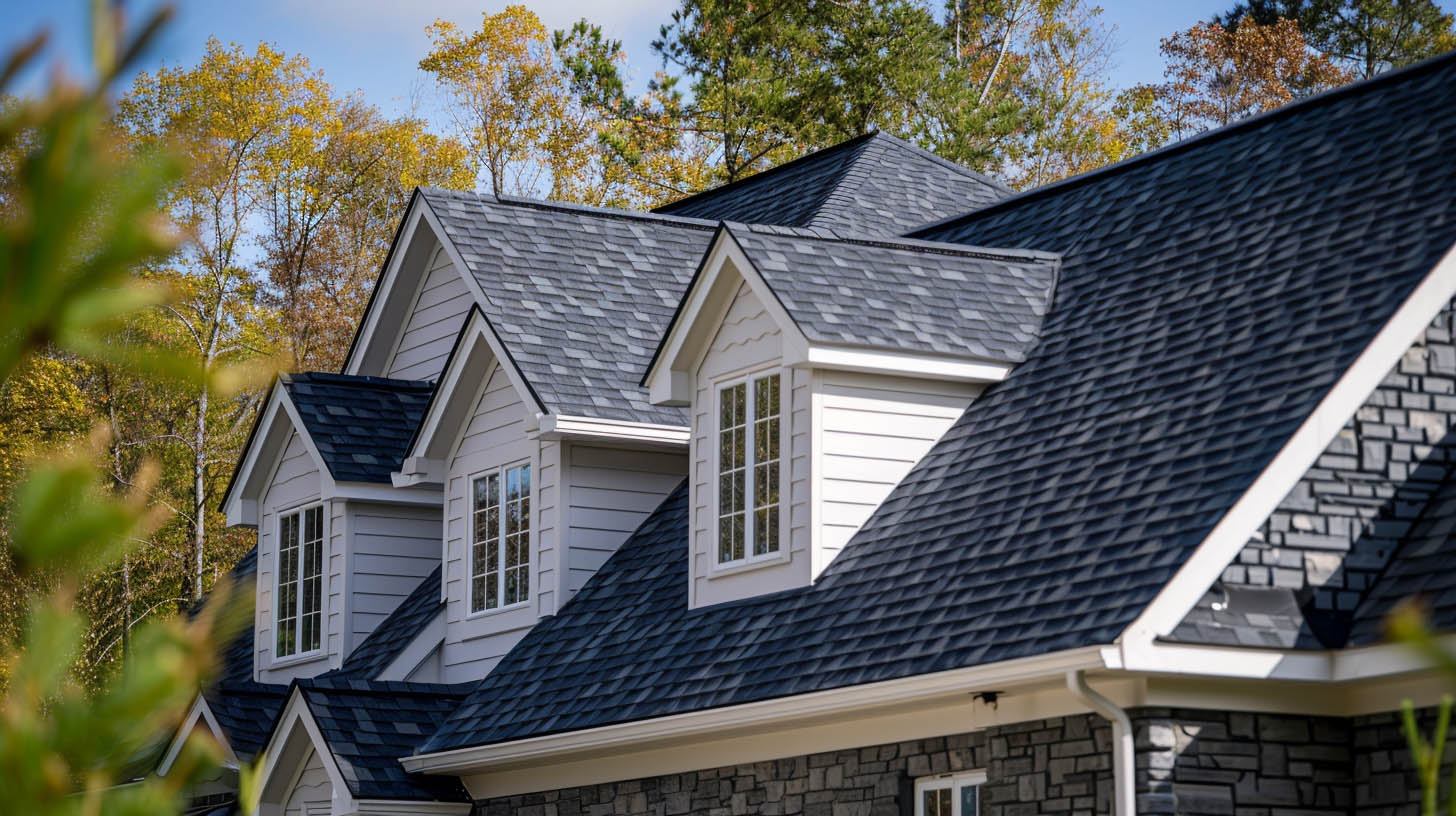In the realm of home construction and maintenance, the debate surrounding the adaptability of synthetic roof underlayment as an alternative for house wrap is a topic of considerable interest. This article aims to shed light on the intricacies of using synthetic roof underlayment in applications beyond its traditional role, focusing on its suitability as house wrap.
Synthetic Roof Underlayment: An Overview
Synthetic roof underlayment, a critical component in roofing systems, serves as a water-resistant or waterproof barrier placed directly onto your roof deck. It is crafted from highly durable synthetic materials such as polypropylene or polyethylene, which offer superior strength, longevity, and moisture resistance compared to traditional felt underlayment. Its primary function is to protect the roof deck from water infiltration that can occur due to wind-driven rain, snow, and ice dams, thereby preserving the structural integrity of the roof.
House Wrap: The Protective Envelope
House wrap, on the other hand, is a fabric, paper, or board material used to cover the exterior of building frames. Its main purpose is to prevent the infiltration of water into the wall assembly while allowing water vapor to escape, reducing the likelihood of mold and wood rot. House wrap is installed over the sheathing and behind the siding, acting as a secondary barrier to protect against weather elements.
The Distinctive Roles and Requirements
While both synthetic roof underlayment and house wrap aim to protect buildings from moisture, their applications, functionalities, and material properties differ significantly. Synthetic roof underlayment is engineered for sloped surfaces, offering rapid water shedding capabilities, which is crucial for roof performance. Conversely, house wrap is designed for vertical wall applications, requiring high vapor permeability to manage moisture effectively within wall assemblies.
Performance and Protection
The use of synthetic roof underlayment as house wrap raises concerns regarding its breathability and moisture management capabilities. Proper moisture management is vital for wall assemblies to prevent the accumulation of moisture, which can lead to mold growth and structural damage. Synthetic roof underlayment, while excellent at water shedding on roofs, may not offer the same level of vapor permeability required for walls, potentially trapping moisture within the wall system.
Compliance and Warranty Implications
Building codes and manufacturer warranties further complicate the use of synthetic roof underlayment as house wrap. Most building codes specify the types of materials that can be used as house wrap, and synthetic roof underlayment may not meet these specifications. Additionally, using roofing underlayment in an unintended application could void warranties provided by the underlayment and siding manufacturers, leaving homeowners without recourse in the event of material failure.
Alternatives and Solutions
For those considering alternatives to traditional house wraps, several options offer the benefits of synthetic materials while ensuring compliance with building codes and manufacturer guidelines. Advanced synthetic house wraps are available, designed specifically for wall applications, providing the necessary breathability, water resistance, and durability. These products are engineered to meet the unique demands of wall assemblies, ensuring optimal moisture management and protection against the elements.
Expert Installation and Professional Advice
Regardless of the chosen materials, correct installation is paramount. It is essential to adhere to manufacturer instructions and best practices to ensure the effectiveness of both roof underlayment and house wrap. Consulting with roofing and construction professionals, such as Planet Roof located in McMurray, PA, can provide homeowners with the expertise needed to make informed decisions regarding the best materials and methods for their specific projects.
Conclusion
In conclusion, while synthetic roof underlayment offers exceptional performance in roofing applications, its use as house wrap is not advisable due to differences in design requirements, breathability issues, potential for non-compliance with building codes, and warranty concerns. Homeowners and builders should consider purpose-designed house wrap products to ensure the longevity and integrity of their construction projects, thereby achieving the desired protection and performance.


